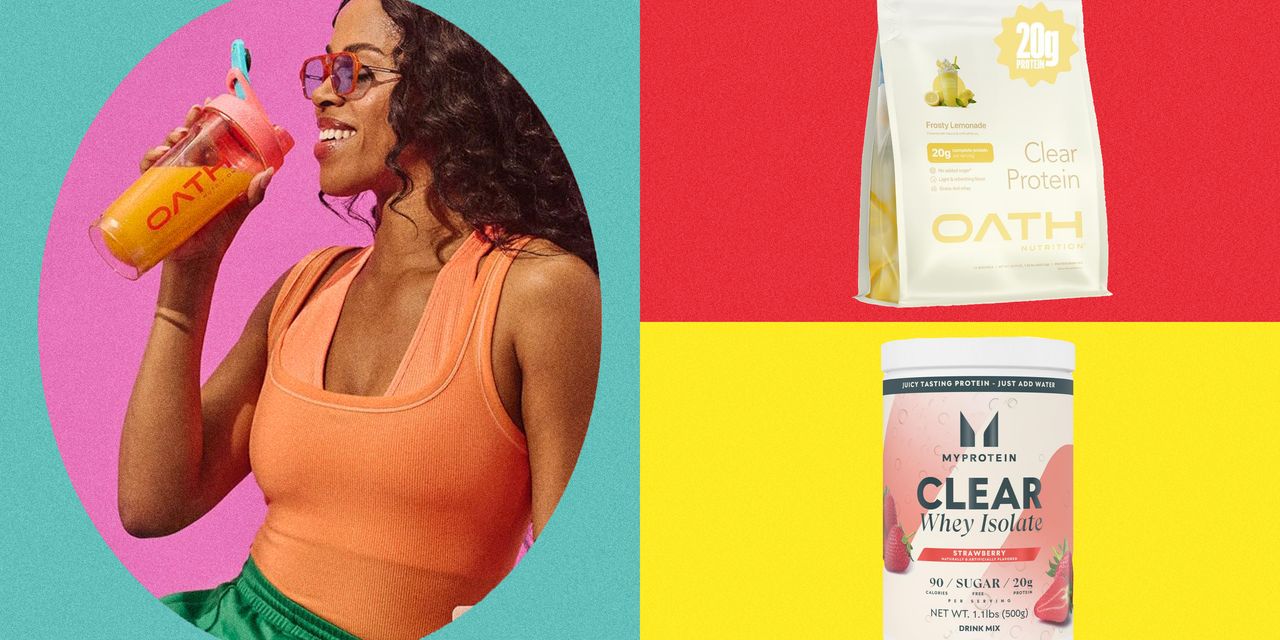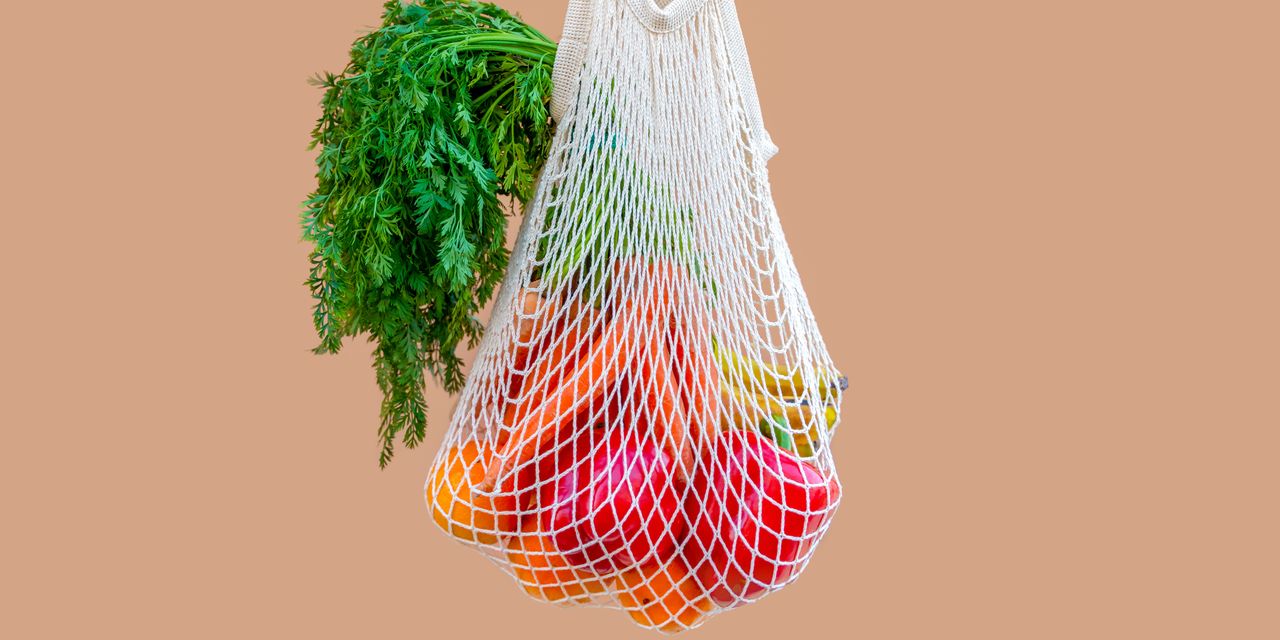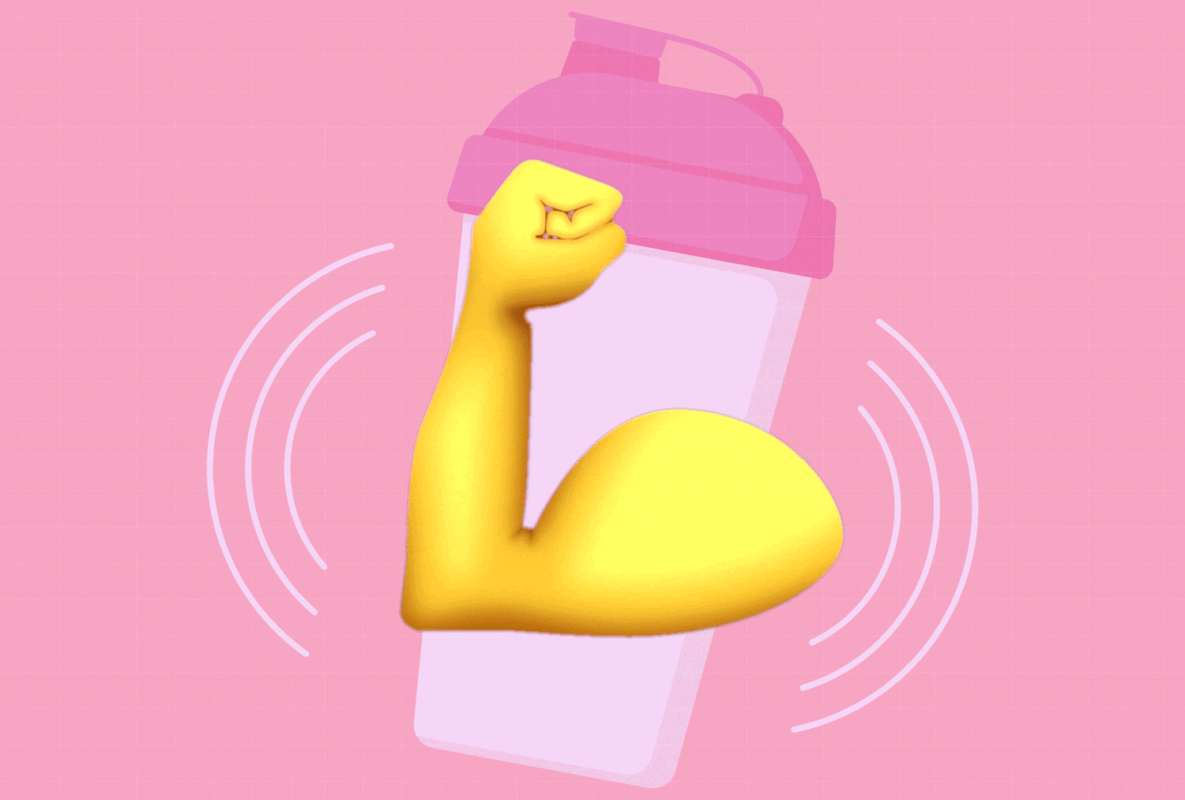Blog
6 Best Ways to Take Your Protein Powder

- For muscle growth, take protein soon after a workout and pair with a source of carbohydrate.
- Depending on your goals, protein powder can be mixed with milk or water or incorporated into recipes.
- Protein powder is convenient, but it shouldn’t replace whole food sources of protein.
Protein powder isn’t just for bodybuilders. Whether your goal is to gain muscle, lose weight or simply boost your protein intake, there’s a wide range of protein powders to fit your needs. But getting the most out of your shake isn’t just about tossing a scoop in a blender bottle and shaking it up. When and how you use your protein powder can greatly affect your results. To help you make the most of it, we asked health experts to share the six best ways to take your protein powder to reap the most benefits.
1. Take It After a Workout for Muscle Growth
If your goal is to build or maintain muscle, you may want to consider mixing up a protein shake soon after your sweat session. “Research suggests that post-workout consumption is particularly effective for muscle repair and growth,” says Andy Franklyn-Miller, MBBS, Ph.D., a sports and exercise medicine physician. He notes that consuming 20 to 25 grams of protein within an hour of your workout may maximize muscle protein synthesis. That said, while timing matters, Franklyn-Miller emphasizes that overall daily intake is ultimately most important. “Spreading protein intake evenly across meals every few hours optimizes muscle building throughout the day,” he says.
The takehome message? While there are additional benefits of consuming protein powder after workout, your top priority should be simply consuming enough protein throughout the day.
2. Pair with Carbs to Enhance Recovery
Certified athletic trainer and sports dietitian Dana Angelo White, MS, RDN, ATC says that you can get more out of your protein powder by adding some kind of carbohydrate. “This can be from fruit, juice, milk or another carb-containing food,” she says, adding that protein powder also works well mixed into a bowl of oatmeal (or jar of overnight oats).
Adding carbohydrates post-exercise is important for optimal glycogen replenishment. Glycogen is a type of carbohydrate that your body stores mainly in your muscles and liver. When you exercise, your muscles use up this stored fuel. Replenishing glycogen stores post-workout is key for optimal muscle recovery and better performance during your next workout.
3. Choose a Liquid that Matches Your Goals
What you shake your protein powder with can also affect its impact. For fast absorption and minimal calories, water is the best option. “It ensures rapid digestion and is ideal post-workout when quick nutrient delivery is desired,” Franklyn-Miller explains.
For added nutrients and to help you stay full longer, try mixing your powder with milk (dairy or plant-based milk), or blending it into a smoothie. Milk adds a boost of protein, calcium and vitamin D—plus it provides a satisfying creamy texture and taste. For a post-workout meal, smoothies are a great option as you can include fruits, veggies and healthy fats from nuts and seeds. Just be mindful of portion sizes—smoothies can be calorie-dense.
Regardless of which liquid you choose, for best texture, always blend or shake your drink with 6 to 12 ounces of liquid per scoop to prevent clumping.
4. Upgrade Everyday Foods with Protein Powder
Protein powder isn’t just for shakes. You can mix it into a range of foods to bump up your protein intake in more creative ways. “Adding protein powder to cookies, pancakes or muffins can make them more nutrient-dense,” Franklyn-Miller says. Pro tip: whey and plant-based protein powders produce a better texture when added to baked goods than casein.
You can also stir unflavored protein powder into soups or stews. This is a great strategy for boosting your protein without changing the flavor of your meal.
5. Pick the Right Protein Powder for Your Needs
Not all protein powders are the same—and the best type depends on your goals. Here’s a quick look at the three most common types of powders and what each one brings to the table:
- Whey protein is fast-digesting and ideal for post-workout recovery. It’s rich in leucine, an amino acid that helps drive muscle repair. “Whey protein has the highest bioavailability and is absorbed in just 1 to 2 hours,” Franklyn-Miller says. Just note that whey protein is derived from cow’s milk, so it isn’t suitable for vegan diets or if you’re allergic to dairy.
- Casein protein digests slowly and provides a steady stream of amino acids over several hours. It’s best before bed or during long stretches without food. “It’s especially helpful for overnight muscle recovery,” he adds. As with whey protein, casein is a protein found in cow’s milk.
- Plant-based proteins like pea or soy are a good option for those who need or prefer to avoid dairy products. While some plant-based powders may be slightly lower in leucine, certain options can be just as effective as whey protein when chosen carefully.
6. Know When to Skip Protein Powder Altogether
Protein powder is convenient—but it’s not essential. “Most people can meet their protein needs through whole foods,” Franklyn-Miller says. And in some cases, protein powder might not be safe or appropriate. For example, those with chronic kidney disease, phenylketonuria or inflammatory digestive conditions like Crohn’s disease should talk to a healthcare provider before adding protein supplements. “Certain powders can worsen digestive symptoms, especially those with artificial sweeteners or lactose,” he says. You should also exercise caution if you’re pregnant or breastfeeding.
Other Strategies for Getting Protein without Powders
Not a fan of supplements? No worries! There are plenty of whole foods that can help you meet your needs. White and Franklyn-Miller recommend these high-protein all-stars:
- Eggs: 6 grams of protein per egg. Scramble, boil or bake them. They’re versatile and easy to prep.
- Chicken Breast: 27 grams of protein per 3-ounces, cooked. Grill or bake with herbs and spices.
- Greek Yogurt: 20 grams of protein per 7-ounce container. Choose unsweetened and mix with fruit or nuts.
- Lentils: 18 grams of protein per 1 cup, cooked. Use in soups, stews or salads.
- Tofu or Tempeh: 10–20 grams of protein per 100 grams., Grill, stir-fry or pan-fry.
- Salmon: 21 grams of protein per 3 ounces, cooked. Bake or broil for easy prep.
- Cottage Cheese: 28 grams of protein per 1 cup. Use in dips or blend into smoothies.
Our Expert Take
“Protein powder is a useful tool—especially for people with higher needs or busier lifestyles. But it’s not a magic bullet. Use it to complement, not replace, a balanced diet,” says Franklyn-Miller. To get the most out of your powder, it’s important to consider your goals—muscle building versus weight loss, for example—and choose a product that best-fits your needs. For gains at the gym, experts recommend consuming protein powder soon after a workout and pairing it with a source of carbohydrate.
Regardless of the type of powder you choose and when you take it, make sure to purchase a product that’s made by a reputable manufacturer and ideally third-party tested to ensure label accuracy. “If you enjoy protein powder, incorporate a good quality product into your meal and snack routine,” suggests White. “Keep it to no more than one serving per day and don’t neglect protein-rich foods.”
Frequently Asked Questions
What is the most effective way to take protein powder?For muscle recovery, it’s best to take protein powder soon after a workout and mixed with water or milk.
What is the best type of protein powder to use?The best type of protein powder depends on your dietary needs and health goals. Whey protein is generally recommended for post-workout recovery, while casein may help you stay full longer. Plant-based protein powders are ideal for people who need or prefer to avoid dairy.
Is it better to use protein powder before or after a workout?For recovery and muscle growth, it’s best to take protein powder after your workout. However, for high-intensity or endurance workouts, drinking a protein shake prior to exercise may be helpful for supporting energy levels.
Who should avoid taking protein powder?People who are pregnant or breastfeeding, or who have kidney disease or digestive conditions should talk to a healthcare professional before using protein powder. Protein powders may not be appropriate for kids of certain ages and should only be given after talking with a pediatrician first.












